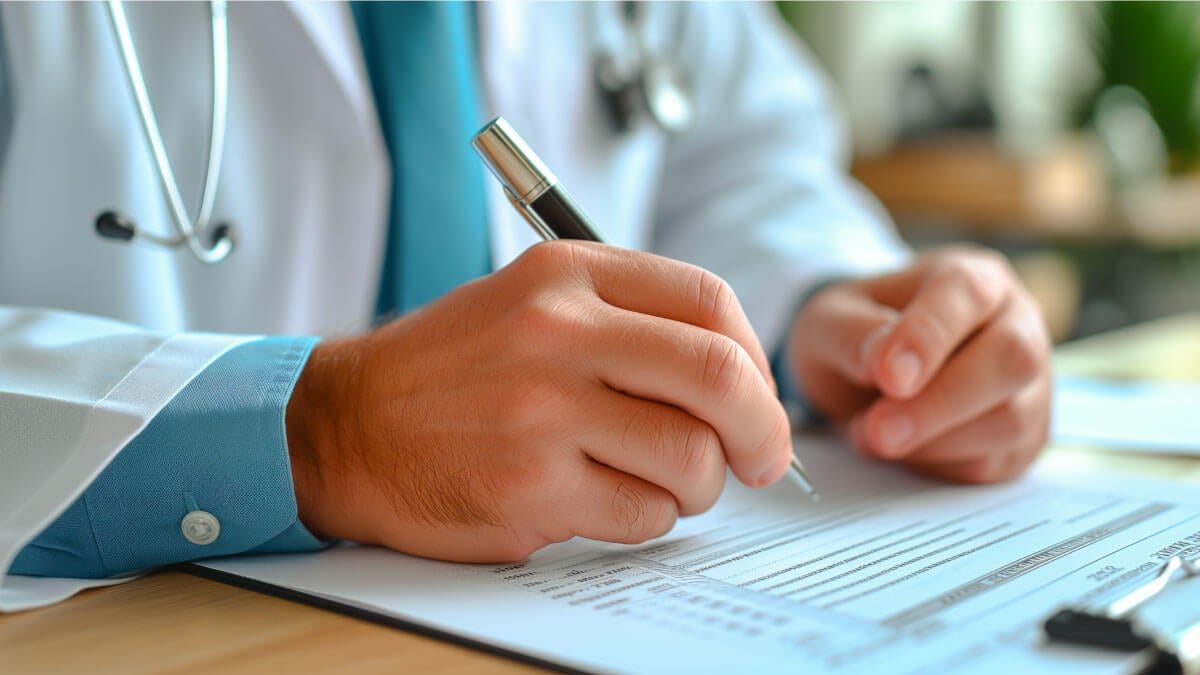MEDDEV 2.12
When the updated European Medical Device Regulation (MDR; 2017/745) was issued in 2017, many medical device manufacturers noticed the tightening of requirements for post-market surveillance and vigilance. However, while these requirements were new in the regulation, they were not newly introduced requirements in the European Union – the vigilance system required for medical devices has been described in MEDDEV 2.12-1 since it was issued in 2013.
MEDDEV 2.12-1 rev.8
MEDDEV documents are collaborative documents drafted by competent authorities, EU Commission services, industries, and other interested parties. While not legally binding, it is expected of competent authorities and notified bodies that the guidelines are followed by medical device manufacturers.
MEDDEV 2.12-1 describes “Guidelines on a medical device vigilance system” and establishes incident reporting procedures for medical devices in the European Union. “Additional guidelines regarding the vigilance system as outlined in MEDDEV 2.12-1 rev 8” was issued in 2019 to be used in conjunction with MEDDEV 2.12-1 and to support the MDR.
Vigilance: The basics
Vigilance is the reporting of serious incidents and field safety corrections to competent authorities.
Serious incident: Any incident that directly or indirectly led, might have led, or might lead to the death of a patient, user, or another person, the temporary or permanent serious deterioration of a patient’s, user’s, or other person’s state of health, or a serious public health threat (MDR, article 2.65).
Field safety corrective action: corrective action taken by a manufacturer for technical or medical reasons to prevent or reduce the risk of a serious incident in relation to a device made available on the market (MDR, article 2.68).
Trend reporting: is also a part of vigilance and is the statistical analysis of the frequency or severity of non-serious incidents and, if applicable, the subsequent reporting of these trends to the competent authorities.
Increase in trend frequency or severity: an increase established in comparison with the foreseeable frequency or severity of such incidents in respect of the device or category or group of devices for a specific period.
Vigilance timelines
MEDDEV 2.12-1 rev 8 establishes timelines for the reporting of incidents to the competent authorities. However, these timelines were amended in the MDR and are now:
Serious incident: no later than 15 days after the manufacturer becomes aware of the incident.
Death or serious deterioration: no later than 10 days after the manufacturer becomes aware of the incident.
Public health threat: no later than 2 days after the manufacturer becomes aware of the incident.
There are no official timelines for when the follow-up and final incident reports must be submitted; however, it is recommended that follow-up reports are submitted no later than 30 days after the incident was first reported and final reports six months after.
When must an incident be reported?
For incidents to be reportable, they must meet 3 criteria:
- An event must have occurred. This could be a malfunction, an unanticipated adverse event or reaction, interactions with other substances, degradation or destruction of the device (e.g., fire), or inaccuracies in the labeling or instructions for use, among others.
- The device must be suspected to be a contributory cause of the incident, i.e., there must be a link between the device and the incident. If in doubt, always assume there is a link between a device and the incident.
- The event led, or might have led, to the death of a patient, user, or another person, or to a serious deterioration in the health of a patient, user, or another person, as described above.
Only if all 3 criteria are fulfilled is an incident reportable.
Incidents are also reportable if no harm was done, but in case the event happened again, there could be potential for serious deterioration or death.
Field safety corrective actions
Field safety corrective actions are implemented any time the manufacturer deems it necessary to recall or withdraw their device from the market due to an unexpected safety risk. Field safety corrective actions can also be used to correct any faults in the labeling or instructions for use.
Field safety corrective actions should be implemented for every device sold on the EU market, as well as for incidents happening outside of the EU market with devices that are also sold in the EU – essentially, any time a device on the EU market is affected by a safety risk, a field safety corrective action must be implemented, and the competent authority notified via a field safety notice.
Notified body involvement
While the notified bodies are not directly involved in the medical device vigilance systems, they still indirectly play a part.
Firstly, notified bodies review the manufacturers' vigilance procedures during the initial CE marking and for each periodic safety update report, post-market clinical follow-up report, and post-market surveillance report submitted subsequently.
Secondly, they audit the implementation of these vigilance procedures and how they link with other monitoring systems, for example, the quality management system.
Thirdly, they assess the impact of vigilance issues on the manufacturers' CE certification.
Lastly, they cooperate and liaise with the national competent authorities when required, such as during investigations or audits requested by the competent authority.
Additional resources

How to Implement the Continuous Improvement Cycle | Scilife
Even an organization with stellar leadership and a solid core of employees experiences hiccups from time to time. Despite having assembled all the ...

How to assess and enhance your Quality Management Maturity | Scilife
As the life sciences industry becomes increasingly regulated and competitive, quality management has become more vital than ever. Are you confident ...

Best Quality Management Software (QMS) for Life Sciences | Scilife
The right electronic Quality Management System (eQMS) can help strengthen your compliance processes and build a culture of quality within your ...

How to write a good quality plan for medical devices | Scilife
In life sciences, especially if you’re in the medical device industry it becomes harder to manage projects in accordance with your company’s quality ...
Turn quality into your brightest asset with Scilife
